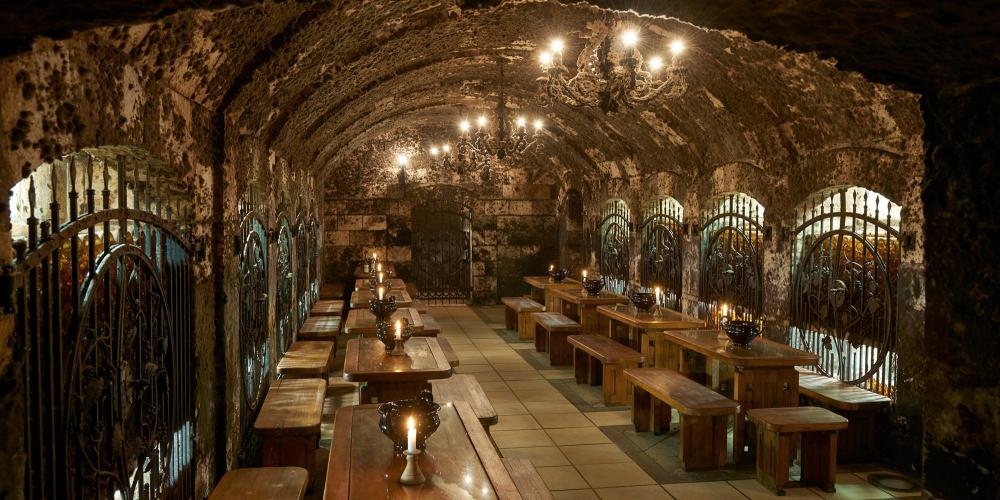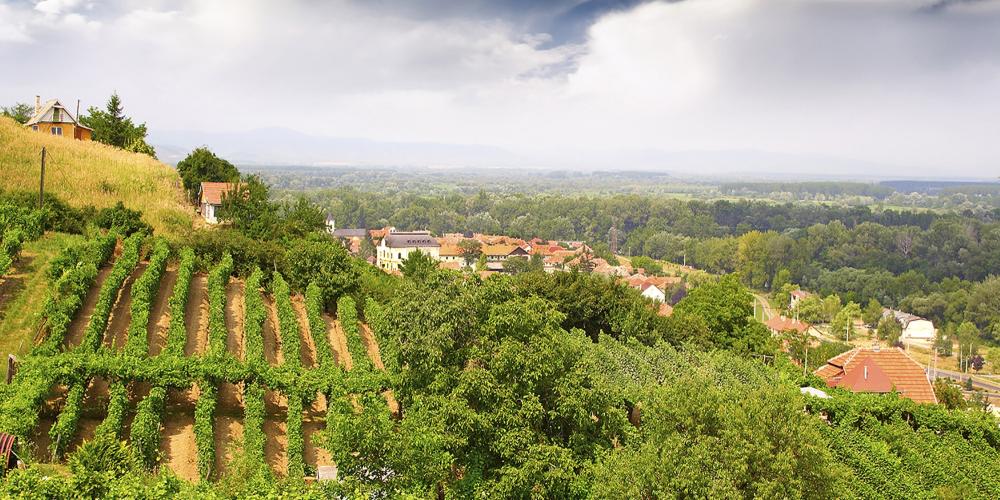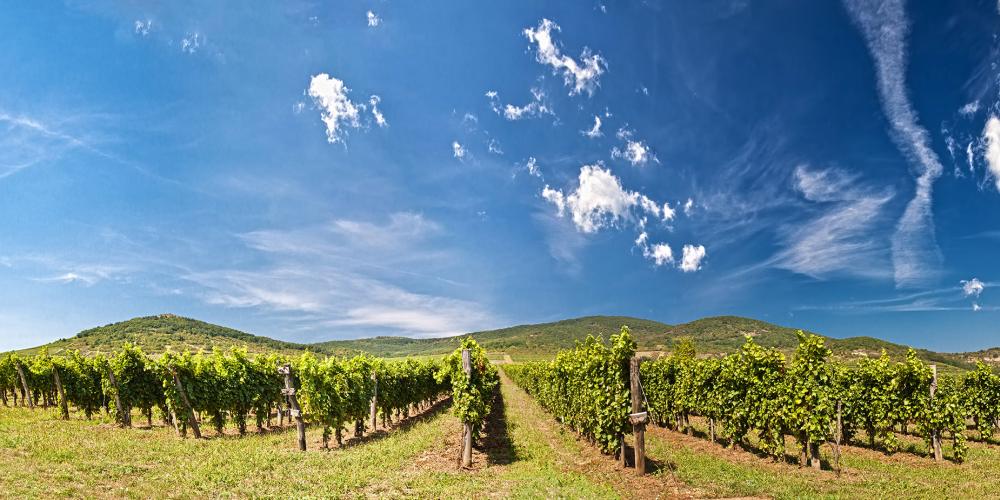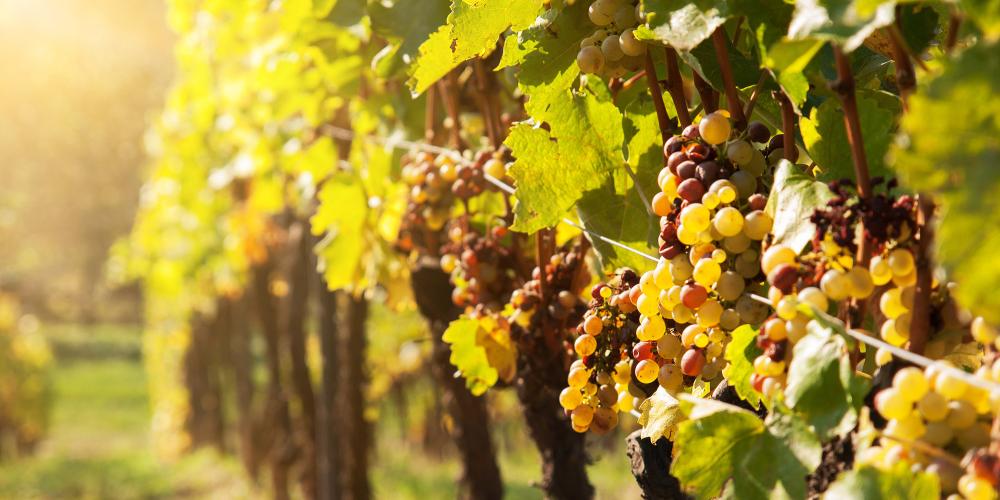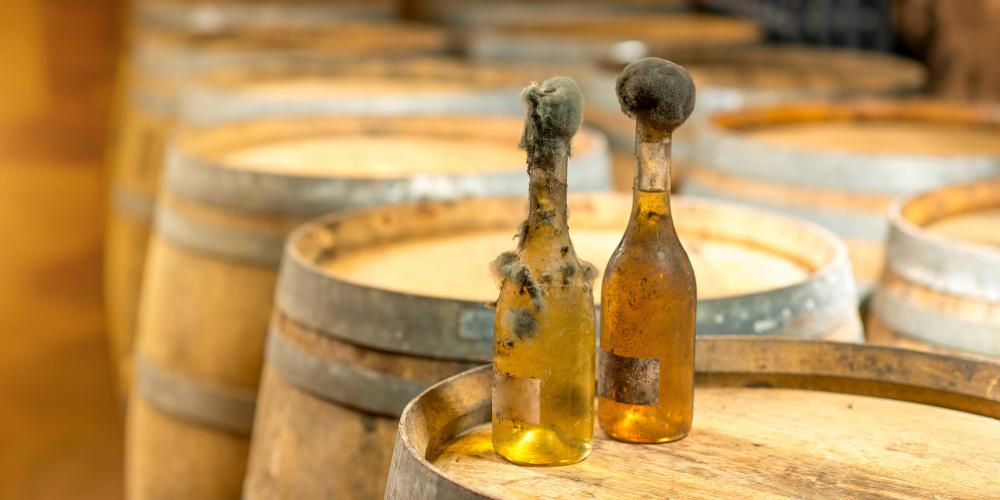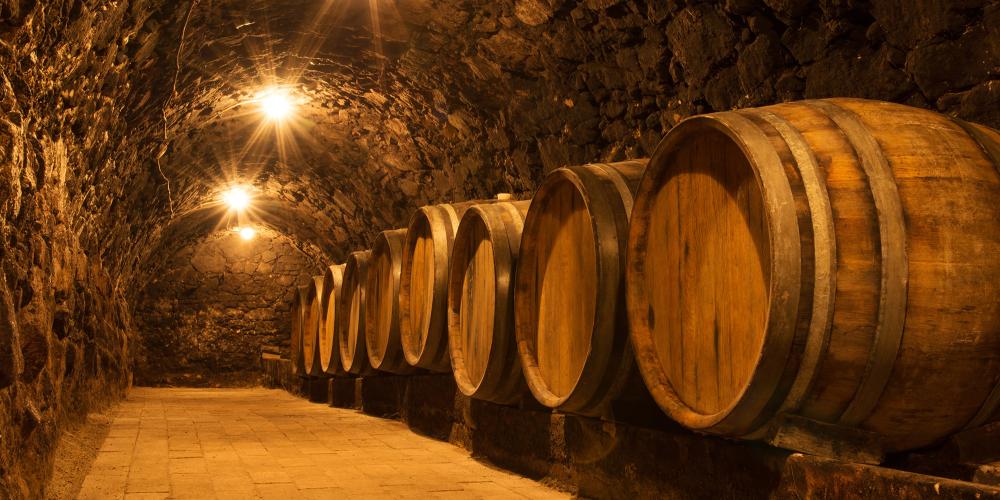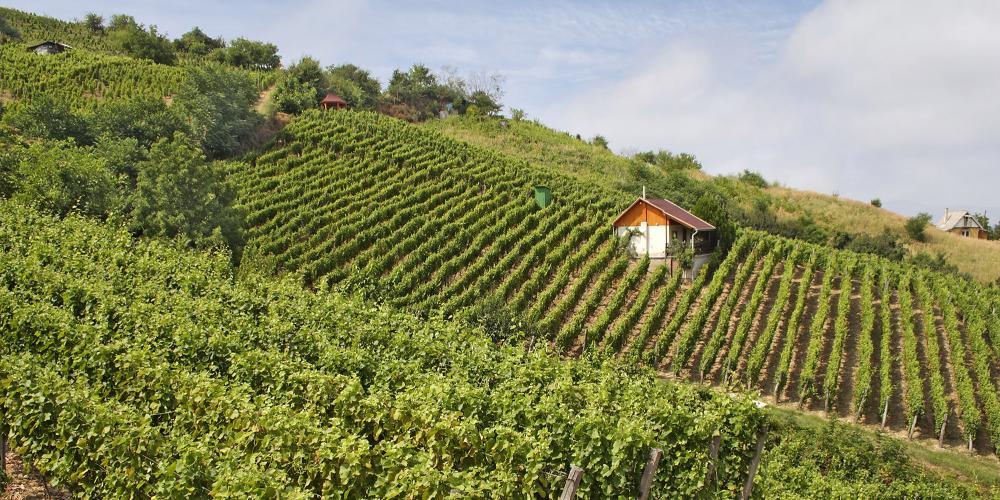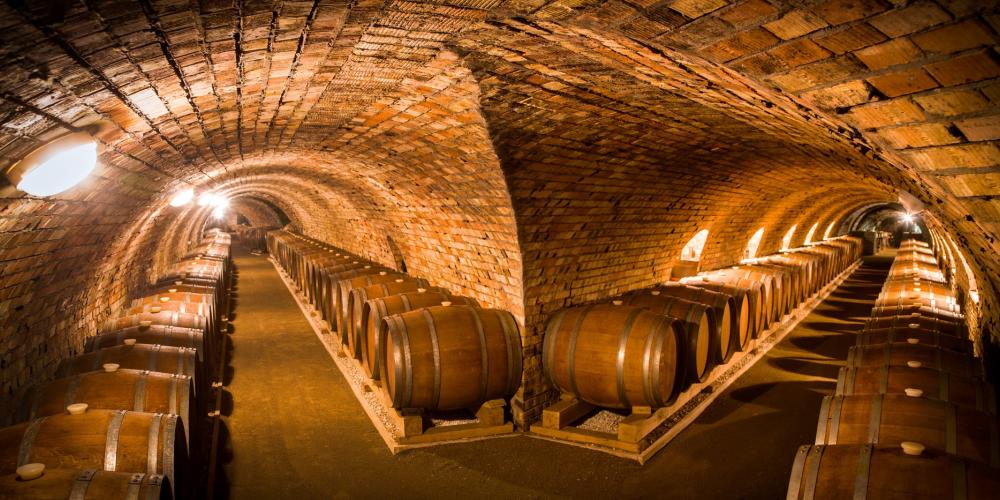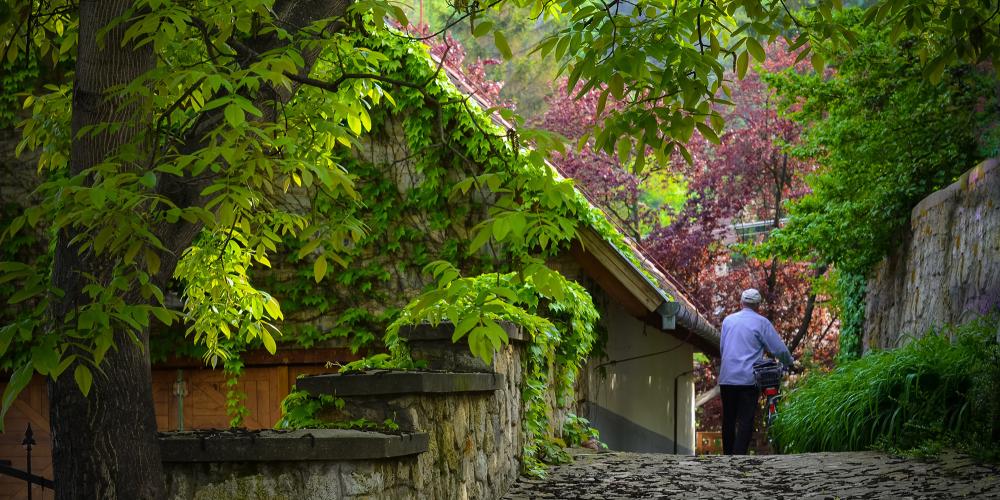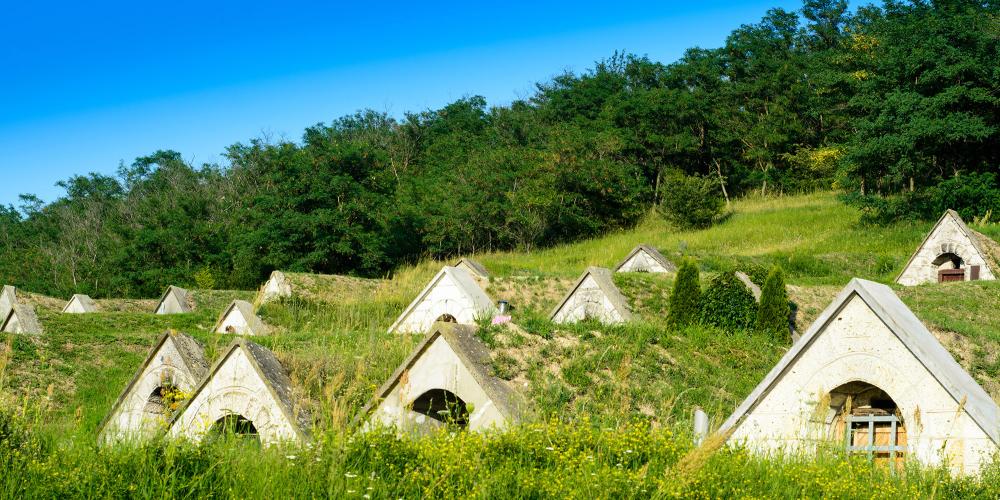Tokaj Wine Region, Hungary

There's historic wine, and then there's Tokaj. Made for more than one thousand years, Hungarian Tokaj was served at Versailles and became a favourite of Louis XV, King of France. The reason for its longterm success as one of the world's most beloved libations? This region has a unique microclimate that allows the wine to develop a distinctive taste. As a matter of fact, the world's first vineyard classification system was established here in 1730 by royal decree, followed by the 1757 designation of Tokaj as the world's first appellation.
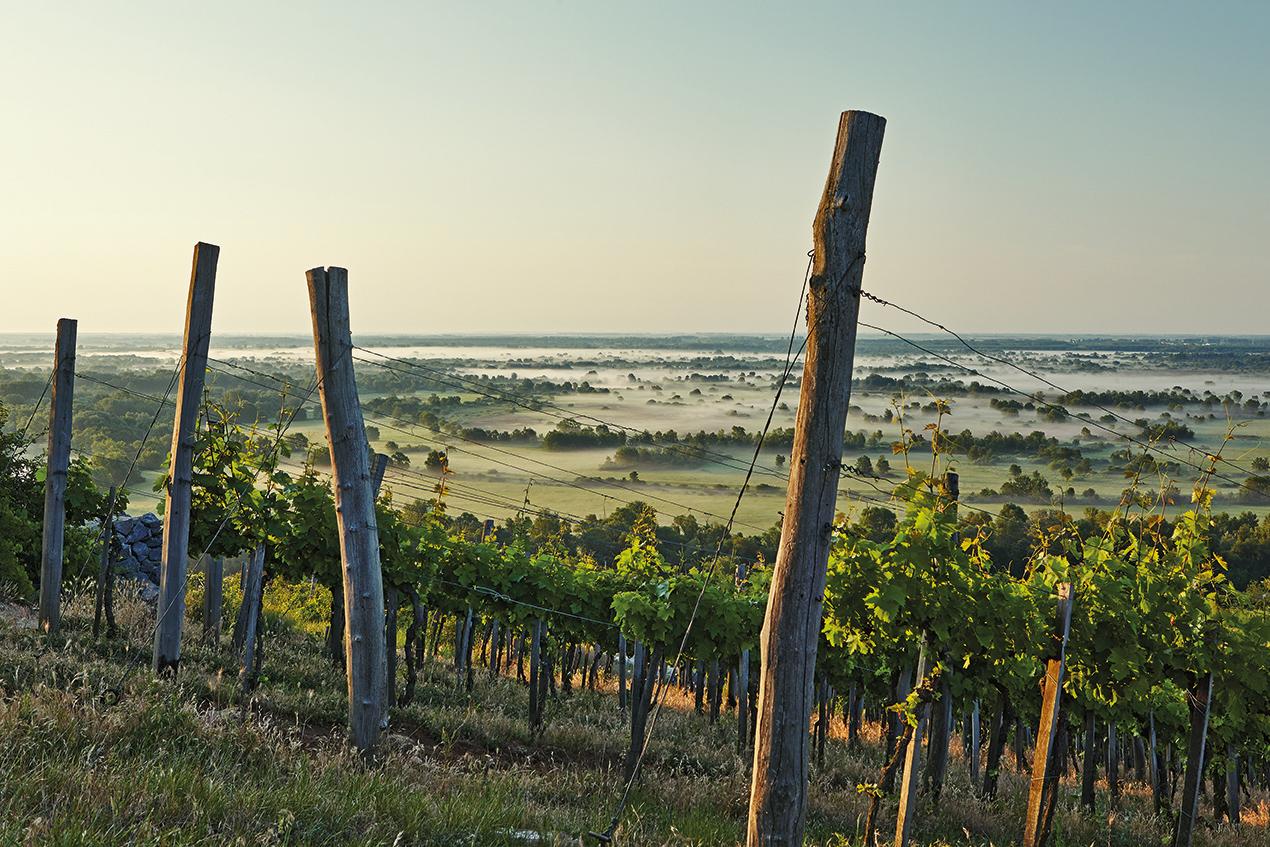
Over the centuries, different ethnic groups settled in the area, bringing influences from places like Swabia, Poland, Romania, and Armenia. They were drawn partly by the unique environment that lent itself to wine production. In the shadow of an extinct volcano, Mount Tokaj, the producers cut their cellars out of slabs of volcanic rock about 500 years ago. The stone creates the ideal setting for the aging of this wine variety.
The region is made up of about 30 villages and towns, each with their own wineries. In the warmer months, grapes hang from the vines that stretch out across the slopes. Stopping at the local wineries, you can taste the different dry and sweet styles and learn about their production. Inside the cool volcanic rock cellars, wooden barrels exude the sense of history that makes Tokaj a must-visit destination. There are plenty of medieval castles, chateaux, nature trails and gourmet restaurants to explore right across the region.
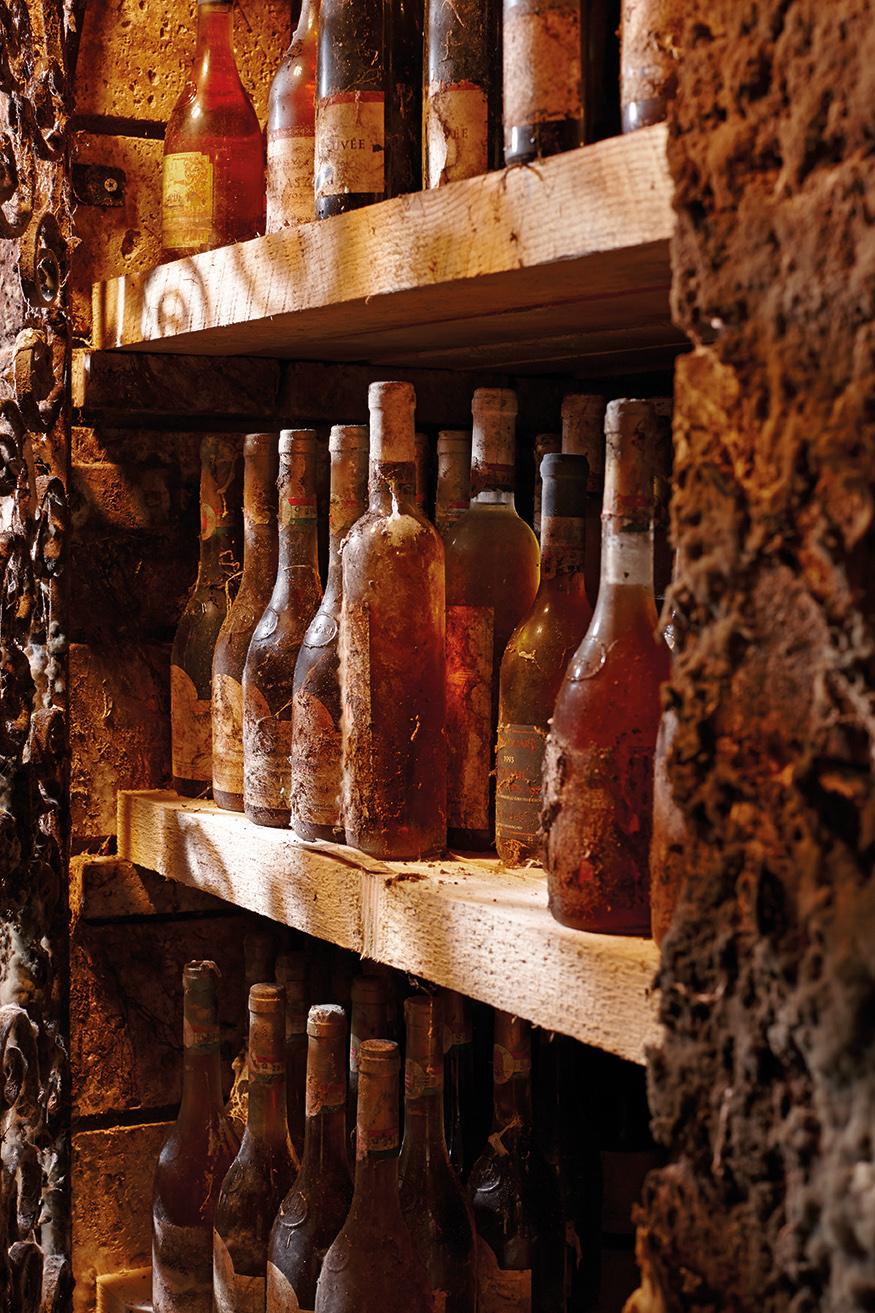
Liquid Gold
The Tokaj Wine Region—one of Europe's oldest—is a swirl of diverse history, a wide range of architectural styles, a labyrinth of wine cellars, and a breathtaking flow of vineyards, farms, villages, and waterways. Consisting of 27 villages, the area is a cultural corridor situated in north-east Hungary, where generations and a mix of ethnicities and religions have contributed to a rich heritage.
The Tokaj Wine Region is legendary because one of the world’s best natural sweet wines, Tokaji Aszú, is made here. But travelers also make pilgrimages to the region for the popular Furmint and the Hárslevelű grape varieties. The unique geological position, climatic conditions, and biodiversity favours the production of complex, natural, and harmonious world-class varieties. And, the surrounding oak forests provide wonderful material for the coopers of the region to make barrels for aging this liquid gold.
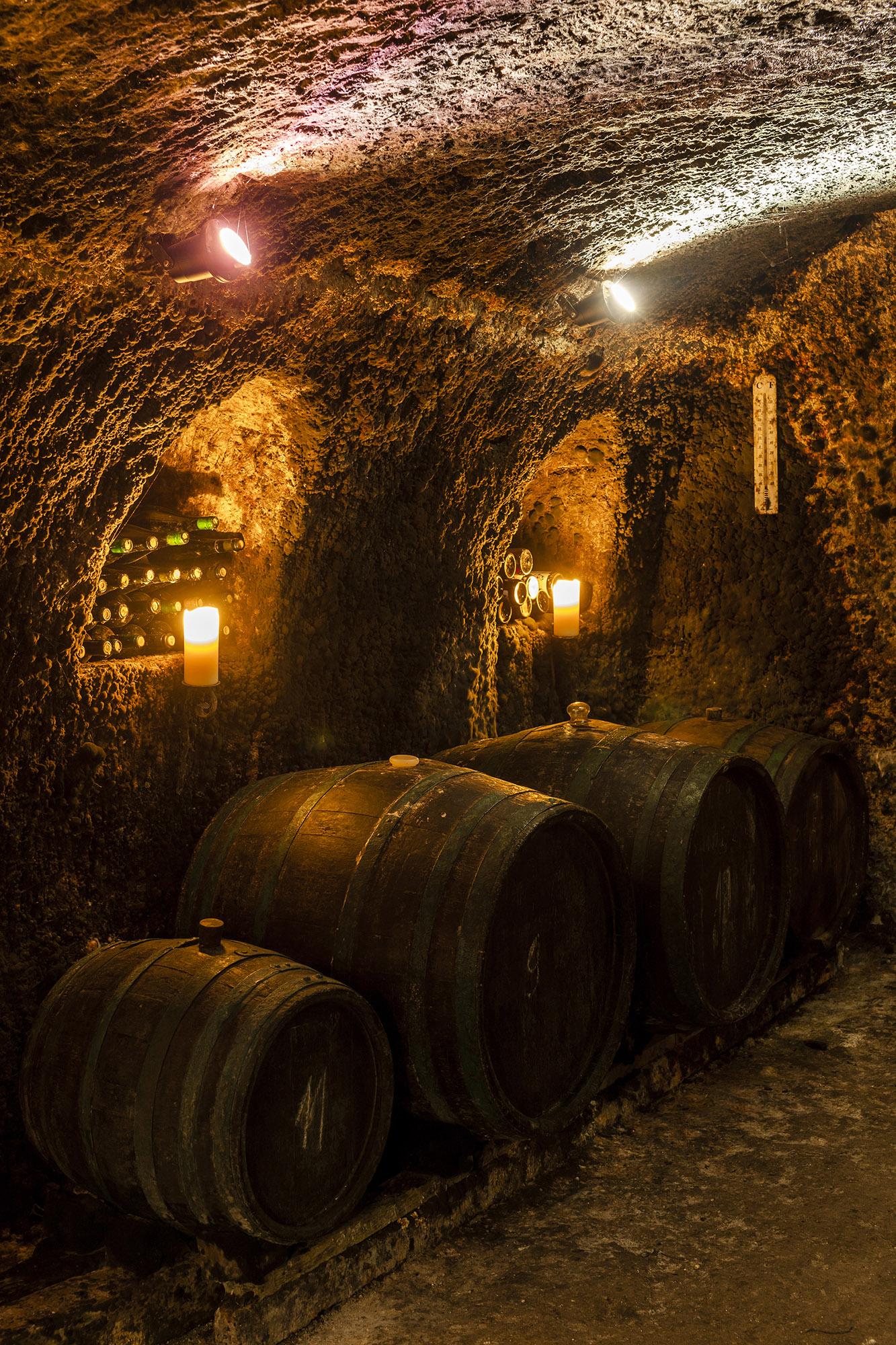
Discover Your Own Hidden World
The region is most famous for its 3,000 wine cellars. Some of the structures are used for winemaking, some for aging wine, while others are used as social centers in the small towns and villages. You can find these ancient objects standing alone, or as part of a winery. They can be in the centre of the town under an old townhouse, or on the outskirts of town close to the vineyards. The charming Swabian village of Hercegkút, for instance, has a cellar system situated on four different levels and is more than three kilometres long.
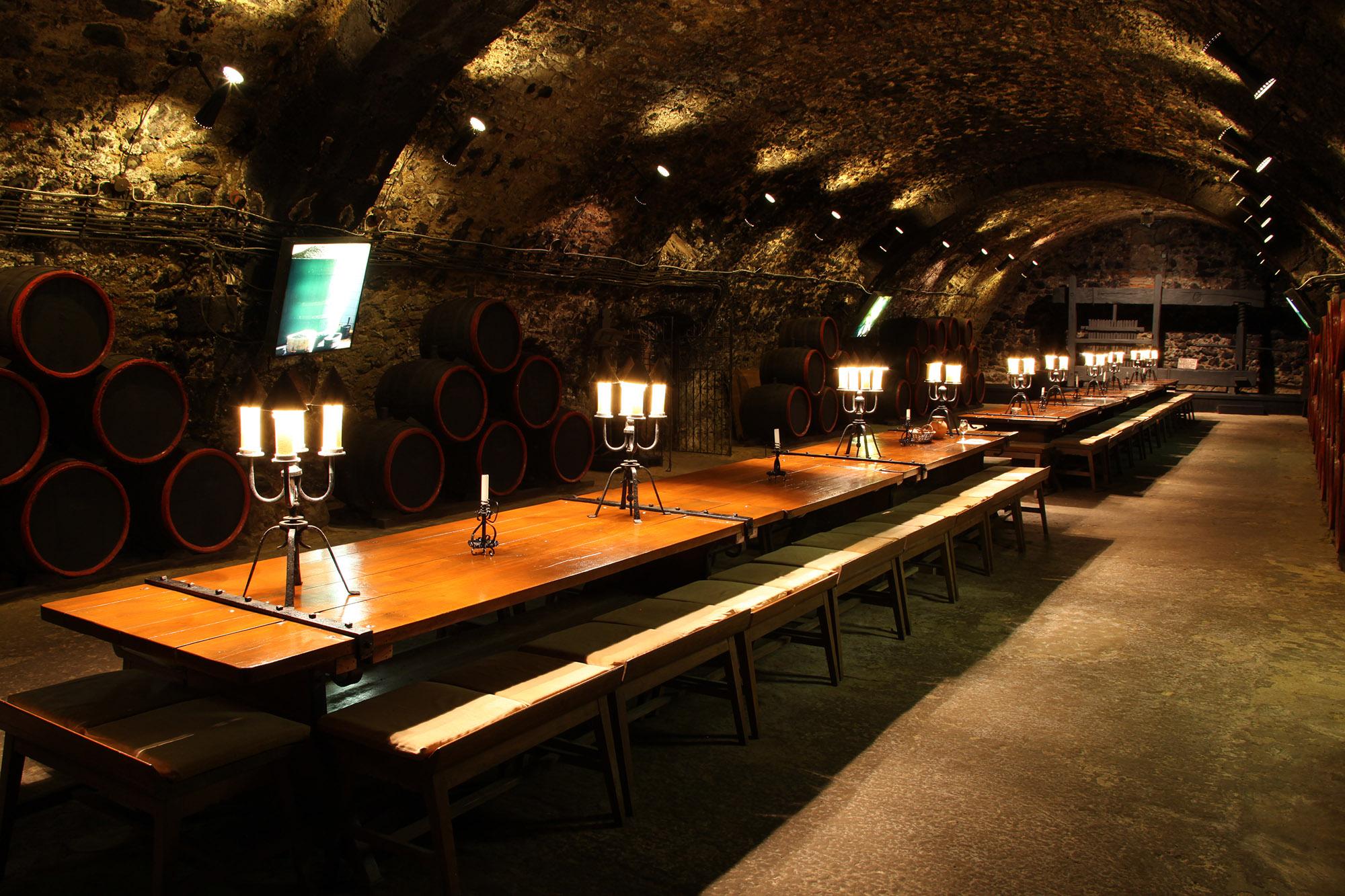
The Tokaj Wine Region was recognised by UNESCO for its importance to the common cultural heritage of humanity. It was listed as a protected cultural landscape by the World Heritage Committee in 2002. A tour of the wineries guarantees guests the opportunity to visit cellars and discover hidden traditions while tasting the spirit of the region’s long history. The more you taste, the more you'll learn about this exceptional cultural heritage.
How to Get There
By car, it is about 2.5 hours from Budapest, and approximately an hour from Kosice or Debrecen. The town of Tokaj is the centre of the wine region, and is easily accessible by public transport. You are also able to hire a taxi or rent a bike to discover the wine region.
Trains travel to Tokaj from the Budapest Keleti-Railway Station and from Debrecen, where you can connect to international airports. If you would use Kosice’s airport you can take a train to Tokaj via Miskolc.
All airports provide car rental services and taxis. If you are open for a chat with locals, choose car-sharing services like Bla-Bla Car or its Hungarian version Oszkar.com.
How to Visit
There are many ways to explore the region. You can hike in the forests of the Zemplén Mountains, kayak along the Bodrog or Tisza rivers, or walk in the vineyards and learn about the local grape varieties, volcanic slopes, and discover the 14th-16th centuries cellars. For more information, please visit: www.visittokaj.com
When to Visit
The best time to visit Tokaj is from March to November. Harvest begins in September.
There are several great festivals in Tokaj throughout the year. The annual wine festival—with concerts and cultural events—occurs during the first half of June. During the first two weeks of August, Tokaj hosts a wonderful classical music festival (Zempléni Festival). The Harvest Festival is the first weekend in October. Visitors come from around the world to see the famous, beautiful, and traditional harvest march.
